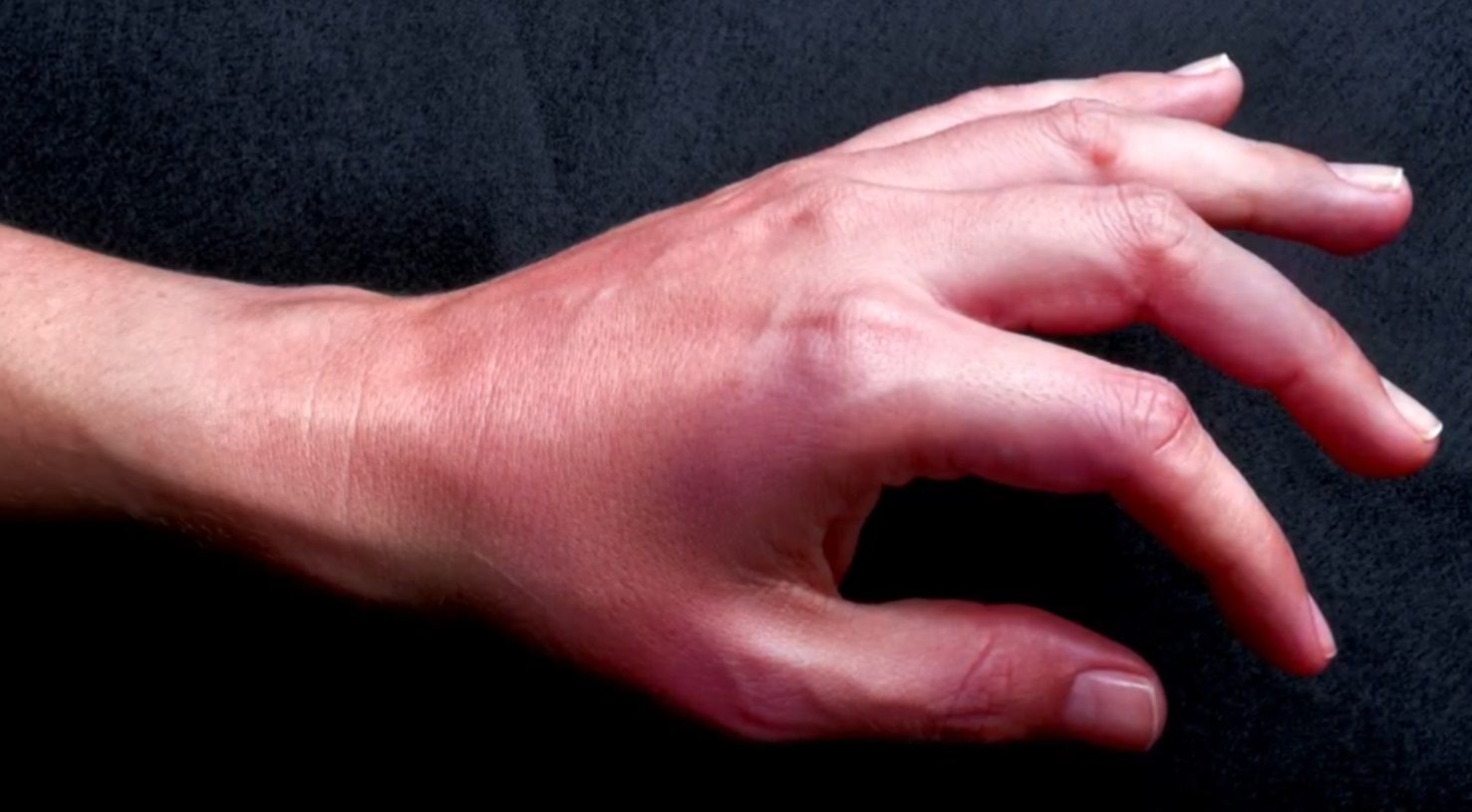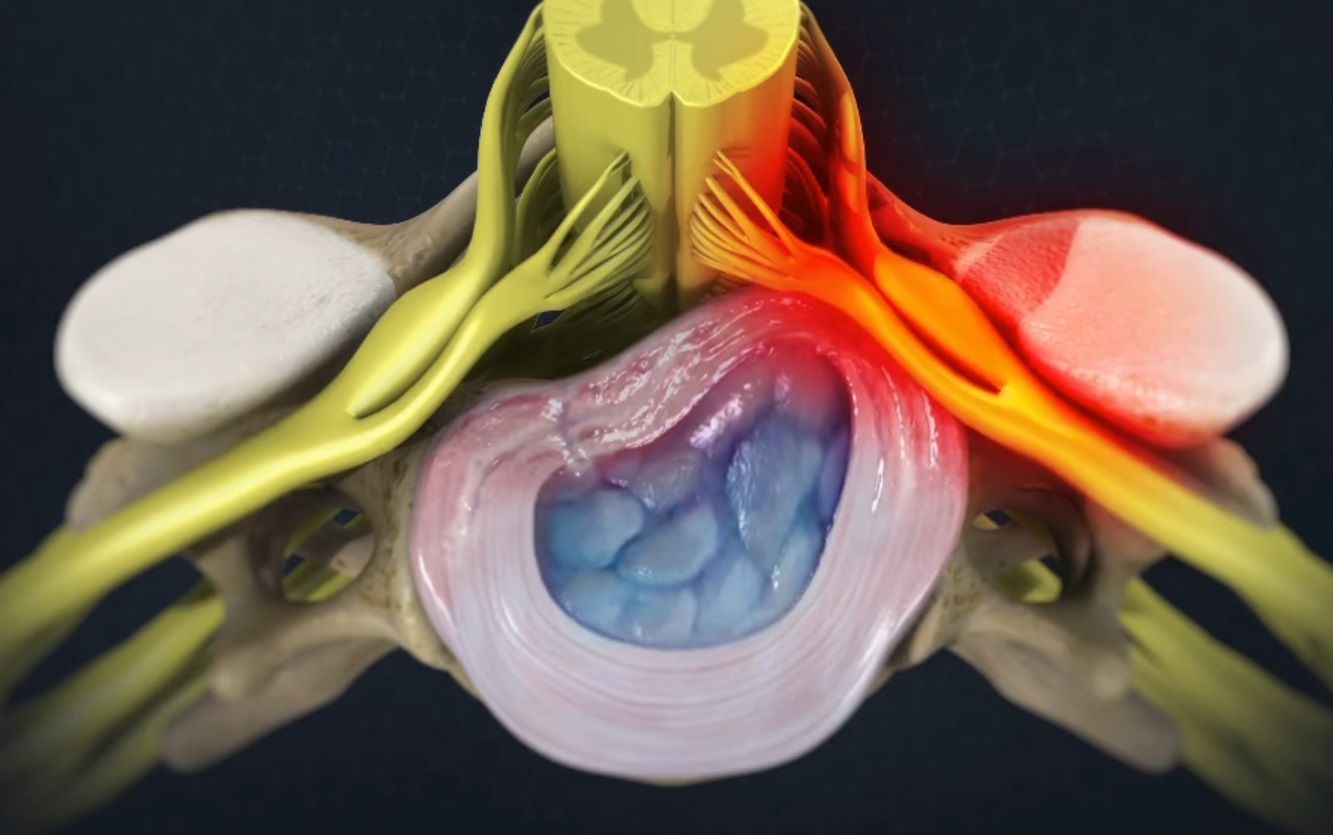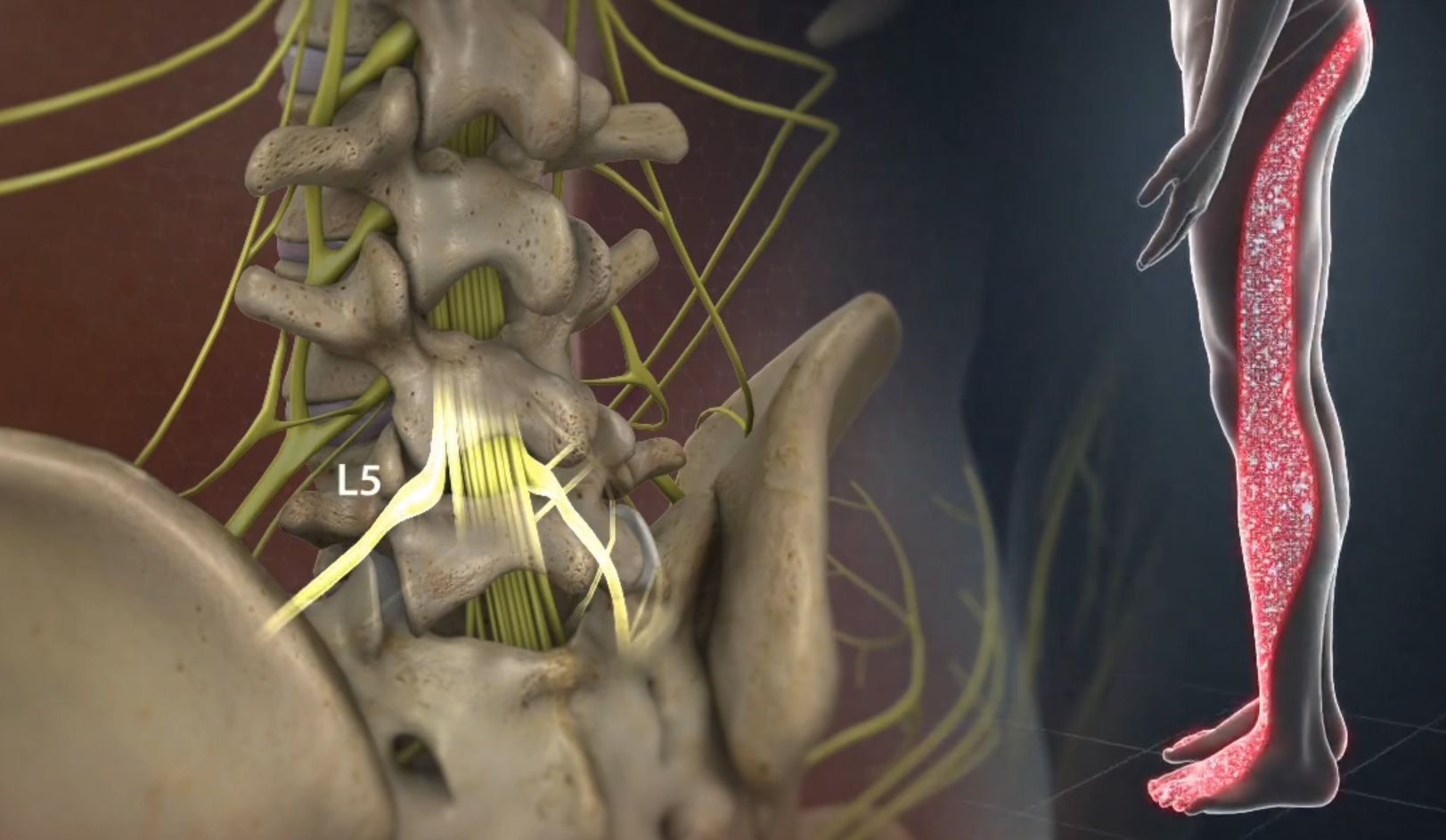Spinal Cord Stimulator (SCS)
Spinal cord stimulation (also called SCS) uses electrical impulses to relieve chronic pain of the back, arms and legs. It is believed that electrical pulses prevent pain signals from being received by the brain. SCS candidates include people who suffer from neuropathic pain and for whom conservative treatments have failed.
Spinal Cord Stimulator (SCS)
Spinal Cord Stimulator (SCS)
Overview
Spinal cord stimulation (SCS) relieves chronic pain of the back, arms and legs. It uses electrical pulses to prevent pain signals from traveling through spinal nerves to the brain. SCS candidates are patients who suffer from nerve-related pain that has not been relieved with other treatments.
Trial Implantation
A “test run” is done first. The patient’s treatment area is numbed with anesthesia. Wire leads are inserted through an epidural needle into the epidural space that surrounds the spinal cord. Electrodes in the leads produce electrical pulses to block pain signals. The patients gives the physician feedback to help find the optimal placement for the leads. An external trial stimulator is connected to the leads. A trial period of four to seven days will help the patient and doctor evaluate if the amount of pain relief is sufficient to warrant a permanent implant. When the trial period is over, the leads are removed.
Permanent Implantation
The permanent spinal cord stimulator implant surgery occurs at a later date. It is performed with the patient under general anesthesia. The leads are inserted into the epidural space and connected to an implantable pulse generator, that is surgically positioned beneath the skin in the buttocks region.
SCS Usage
The patient controls the implant’s electrical pulses with an external wireless programmer. The patient can use this device to turn the system on or off, adjust the power levels, and change programs.
Revised from www.viewmedica.com © Swarm Interactive. Unauthorized duplication is strictly forbidden.
- Category / Surgery




